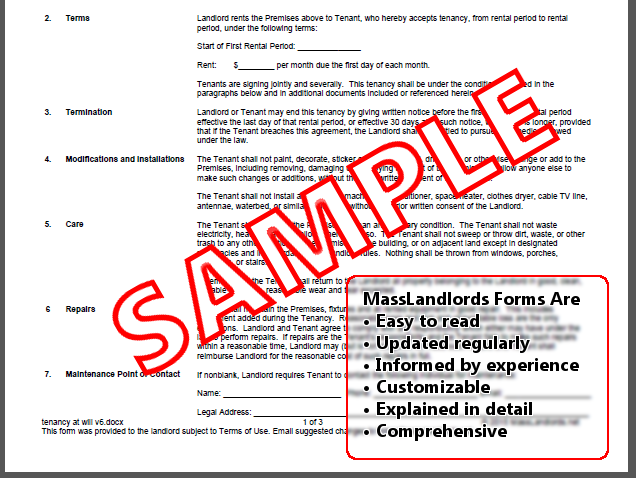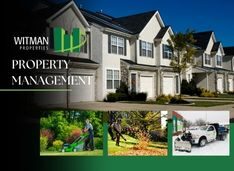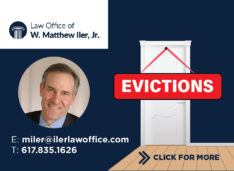Pest Inspection Checklist
As of April 2023, new regulations will take effect in the state sanitary code (105 CMR 410.550) requiring elimination of pests in rental units. Code changes divide rental unit owners into two categories: 1) those who own and rent out a single dwelling unit; and 2) those who rent two or more units (including a homeless shelter or rooming house).
For single unit renters, the rental occupant will be responsible for eliminating pests and maintaining a pest-free unit. However, rental owners will be responsible for pest elimination if they have not maintained the building adequately for keeping pests from entering.
Owners of two or more rentals will be responsible for pest elimination and ongoing maintenance of pest-free dwellings.
Owners Responsible for Pest Inspections
To comply with sanitary code regulations, rental property owners will be required to conduct an inspection of each rental unit prior to any new occupancy to make certain rental units are pest-free. (Homeless shelters will be required to conduct periodic inspections for pest infestation.)
Rental property owners must document their inspections and pest-elimination actions, for review upon request by the board of health.
Below is a pest inspection check list for landlords and property managers based on sanitary code regulations.
Unit interior, general:
Inspect:
- Furniture (especially couch and chair cushions) for pest harborage and nesting materials
- Kitchen counters and cabinets for droppings or insect carcasses
- Counter overhangs and toe kicks for chew marks or greasy rub marks
- Basement walls and rafters for termite tunnels
- Musty odors throughout the unit, may indicate pests
Kitchen check:
- Behind the refrigerator
- Pantry shelves
- Garbage cans
- Under sinks
Bathroom check:
- Sinks and drains, and underneath sinks
- Linen closets shelves and floors
- Shower and tub floors
Bedrooms check:
- Window blinds, sills and screens
- Chairs and other furniture
- Baseboards
- Closet floors and shelves
Basement check:
- Behind washer and dryer
- Around and under water heater
- Along the top of foundation sill
- All rafters
- All windows and doors to the exterior
- Bulkhead stairs and doors
- Around any exit port for wires and cables
- Around and between any storage bins, stored furniture and stacks of paper materials
Unit exterior check:
- Perimeter of building sill for holes, burrowing evidence
- Ground near porches and decks for evidence of digging/animals underneath
- All window sills, seams, frames and screens
- Vents and covers
Following Inspections
If inspections result in evidence of pests, action must be taken to eliminate them, either by the property owner or, in the case of owners of single rental units, by the occupant. Property owners must also take steps to avoid pests from re-entering the unit.
Be sure to document and keep on file:
- Inspection dates, times and addresses
- Inspection results and findings
- Specific actions taken as a result of inspections, including:
- Repairs and pest mitigation
- Pesticides contracted, with contractor name, date, time and pesticide locations
- Follow-up inspections, dates, times, addresses, and results
- v2
- Initial version
To view this form, you must be logged-in and a member in good standing

MassLandlords is a nonprofit dedicated to helping owners rent their property. We try our best, but we can't guarantee these forms will always work. We provide legal information but never advice particular to your situation. Nothing on this site is meant to create an attorney-client relationship. We advise you consult with an attorney.




